The Top 10 Tips for Optimising WordPress Site Load Time for Improved User Experience in 2023

In the digital age, having a website is essential for businesses of all sizes. A website can serve as an online storefront, providing information about products and services, and enabling customers to make purchases. However, it’s not just enough to have a website, it’s essential to have a fast-loading website. Research has shown that users expect websites to load in under 2 seconds, and if a website takes longer to load, users are more likely to leave and never come back. This can result in lost customers and revenue.
WordPress is a popular platform for creating websites, with over 40% of all websites on the internet being built using WordPress. However, as websites become more complex and feature-rich, they can also become slower, leading to a poor user experience. In this article, we’ll explore the top 10 tips for optimising WordPress site load time for improved user experience in 2023.
1. Use a Content Delivery Network (CDN):

A CDN is a network of servers located around the world, designed to distribute website content to users based on their location. By using a CDN, you can reduce the load on your website’s server, improving load times and reducing the risk of downtime. The CDN will store a copy of your website’s content and distribute it to users based on their location, reducing the distance that data needs to travel and improving the speed at which your website loads.
2. Minimise the Use of Plugins:
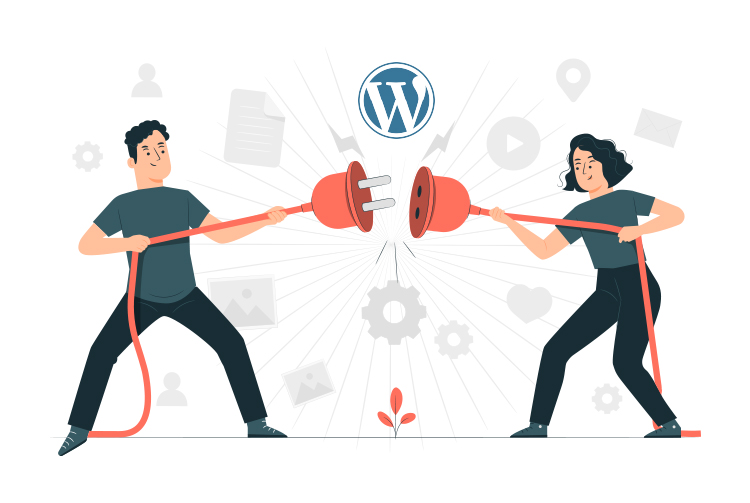
Plugins are a great way to add new features and functionality to your WordPress website, but they can also slow your site down. To improve your site’s load time, it’s essential to minimise the use of plugins and only use the ones you really need. This will reduce the number of resources your website will need to run, improving load times and reducing the risk of downtime.
3. Optimise Images:

Images can make your website look more attractive and engaging, but they can also slow your site down. To optimise images, it’s essential to save them in the correct format and to optimise the size of each image. By reducing the size of each image, you can make it faster to load, improving your site’s load time and reducing the risk of downtime.
4. Use Lazy Loading:

Lazy loading is a technique used to improve website performance by only loading images and videos as they are needed. This can help reduce the amount of data that needs to be loaded when a user visits your website, improving load times and reducing the risk of downtime. By only loading images and videos as they are needed, you can improve the speed at which your website loads, improving the user experience.
5. Use a Cache Plugin:
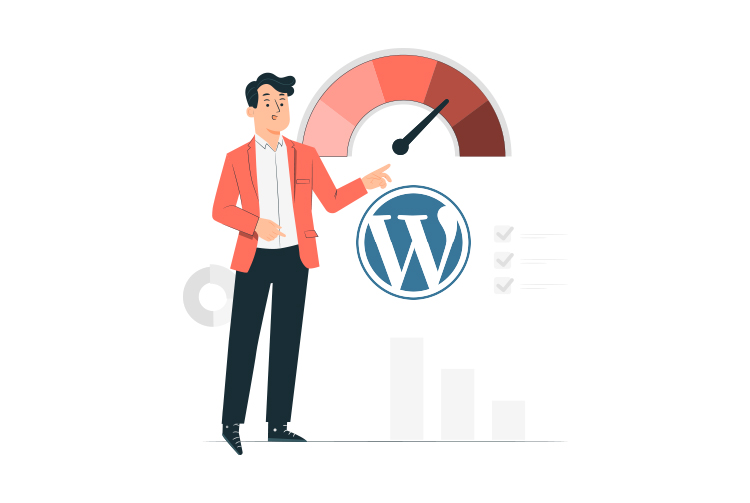
Caching is a technique used to store a copy of your website’s content in the user’s browser, so that it can be loaded quickly when the user visits your site again. By using a cache plugin, you can improve your site’s load time and reduce the risk of downtime. The cache plugin will store a copy of your website’s content in the user’s browser, reducing the amount of data that needs to be loaded each time the user visits your site, improving load times and reducing the risk of downtime.
6. Minimise HTTP Requests:
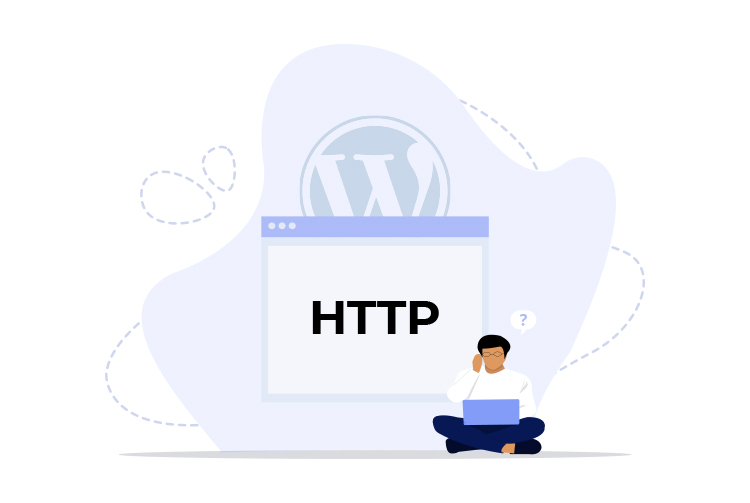
HTTP requests are the requests that your website makes to the server in order to load content. The more HTTP requests your website makes, the longer it will take to load. To minimise HTTP requests, it’s essential to reduce the number of images, videos, and other media on your site. By reducing the number of HTTP requests your website makes, you can improve load times and reduce the risk of downtime.
7. Use Gzip Compression:
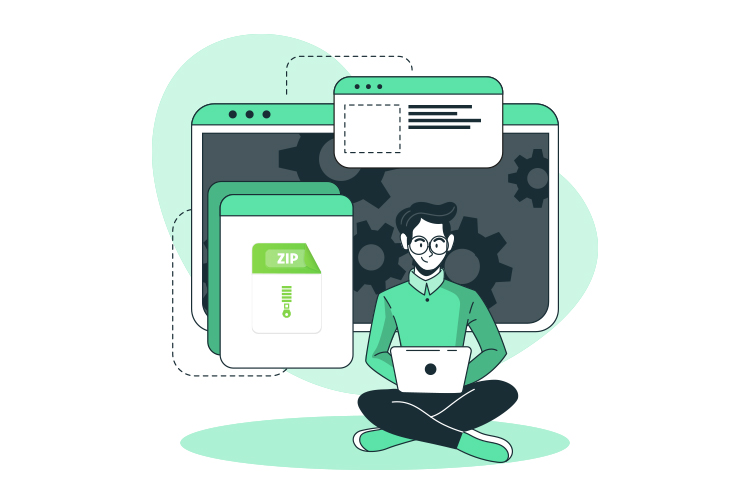
Gzip compression is a technique used to reduce the size of your website’s content, making it faster to load. By using gzip compression, you can improve your site’s load time and reduce the risk of downtime. Gzip compression will reduce the size of your website’s content, making it faster to load, improving load times and reducing the risk of downtime.
8. Use a Fast Hosting Provider:
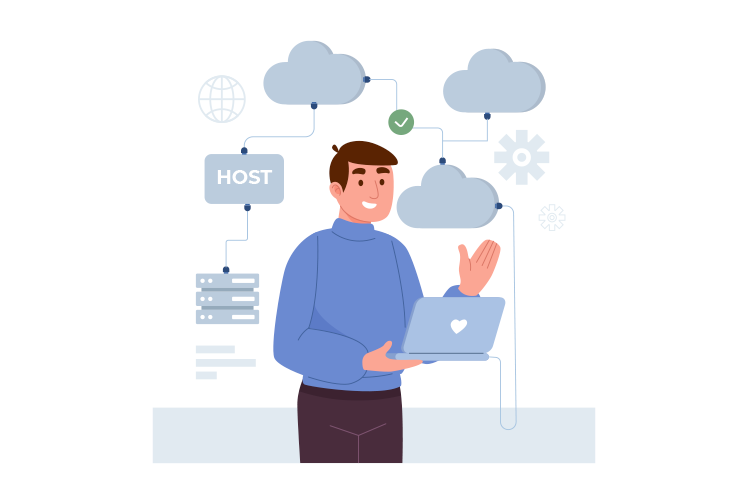
The hosting provider you use can have a significant impact on your site’s load time. It’s essential to choose a fast hosting provider that provides fast, reliable, and secure hosting services. By doing this, you can improve your site’s load time and reduce the risk of downtime. A fast hosting provider will ensure that your website is always available and responsive, improving the user experience.
9. Minimise the Size of Your CSS and JavaScript Files

The size of your CSS and JavaScript files can have a big impact on your website’s load time. It’s essential to minimise the size of these files by removing any unnecessary code, and by using techniques such as minification and concatenation to reduce the size of the files. Additionally, it’s important to place CSS files at the top of your page and JavaScript files at the bottom, to ensure that your page loads quickly and smoothly.
10. Use a Fast and Lightweight WordPress Theme and Framework

The theme you use for your WordPress website can have a significant impact on your site’s load time. It’s essential to choose a fast and lightweight theme that is optimised for speed and performance. By doing this, you can reduce the amount of resources your website needs to run, improving load times and reducing the risk of downtime.
The WordPress framework you use can also have an impact on your website’s load time. It’s essential to choose a fast and efficient WordPress framework that is optimised for speed and performance. By doing this, you can improve your site’s load time and reduce the risk of downtime.
In Conclusion,
Optimising your WordPress site’s load time is essential for improved user experience in 2023. By following the tips outlined in this article, you can make sure that your website is fast, reliable, and engaging, helping you to attract and retain customers and drive revenue growth.












